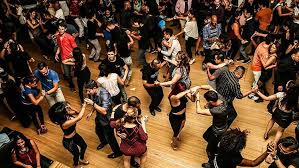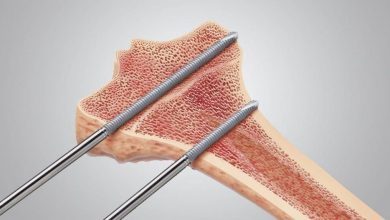Different types of dancing that are great for your health

While dancers have always extolled the physical rewards derived from their craft, newer studies show dance also enhances mental health. Participants who frequently engage in this art form tend to have healthier cognitive function along with overall improved memory retention and reaction time than those who don’t. Furthermore, repetitively learning dance moves has a therapeutic effect by providing stress relief while instilling feelings of accomplishment as well as confidence in individuals. As an added bonus dance is open to everyone; regardless of age or ability level.
It promotes social interaction between like-minded people fostering relationships that contribute positively to general happiness levels. Different styles inherently offer specific advantages: practising ballet, pole dancing or hip hop helps improve balance and coordination skills along with core strength, for example.
In case you’re wondering what activity could benefit both mental & physical wellness whilst serving as an excellent life-long investment, maybe consider taking up dancing? One potential advantage is its capacity for addressing mobility problems down the line, which everyone inevitably experiences at some point. As well as providing a social sphere where like-minded individuals connect, resulting in increased confidence levels for everyone involved!
Dancing has numerous physical health advantages too including building muscle mass (particularly in legs/hips), refining posture resulting from repetitive moves while reducing joint aches simultaneously. Additionally, dance routines provide substantial cardiovascular benefits by increasing movement frequency translating into greater endurance, reducing the risk of heart disease/stroke incidents and lowering cholesterol levels as well.
Studies also reveal that certain types of dancing can enrich bone density and work its way into building muscle mass in legs/hips areas substantially improving overall balance and strength capacity. Tango dancers boasted better balance than non-dancers based on one study! However, it’s crucial to note that some forms of dance focus on specific muscles instead of an overall equal joint workout or may neglect some joints entirely leading to imbalanced muscular development.
Some types of dance call for specific footwear that may cause prolonged musculoskeletal problems. Fortunately, most dancers can circumvent such drawbacks by opting for gentler forms of dance instead. If you’re looking after your cardiovascular health, consider trying ballroom or salsa dances instead of more physically demanding options. For Salsa Classes London, go to rvdance.co.uk/dance-classes-london/salsa-classes-london/
To relish the benefits of dancing over time, enrol in classes early on so you can build necessary muscle and cardio fitness levels gradually and sustainably. For people planning to take up competitive or professional styles of dancing later on in life, starting young is paramount – it helps prevent potential musculoskeletal injuries while ensuring adequate physical development.





